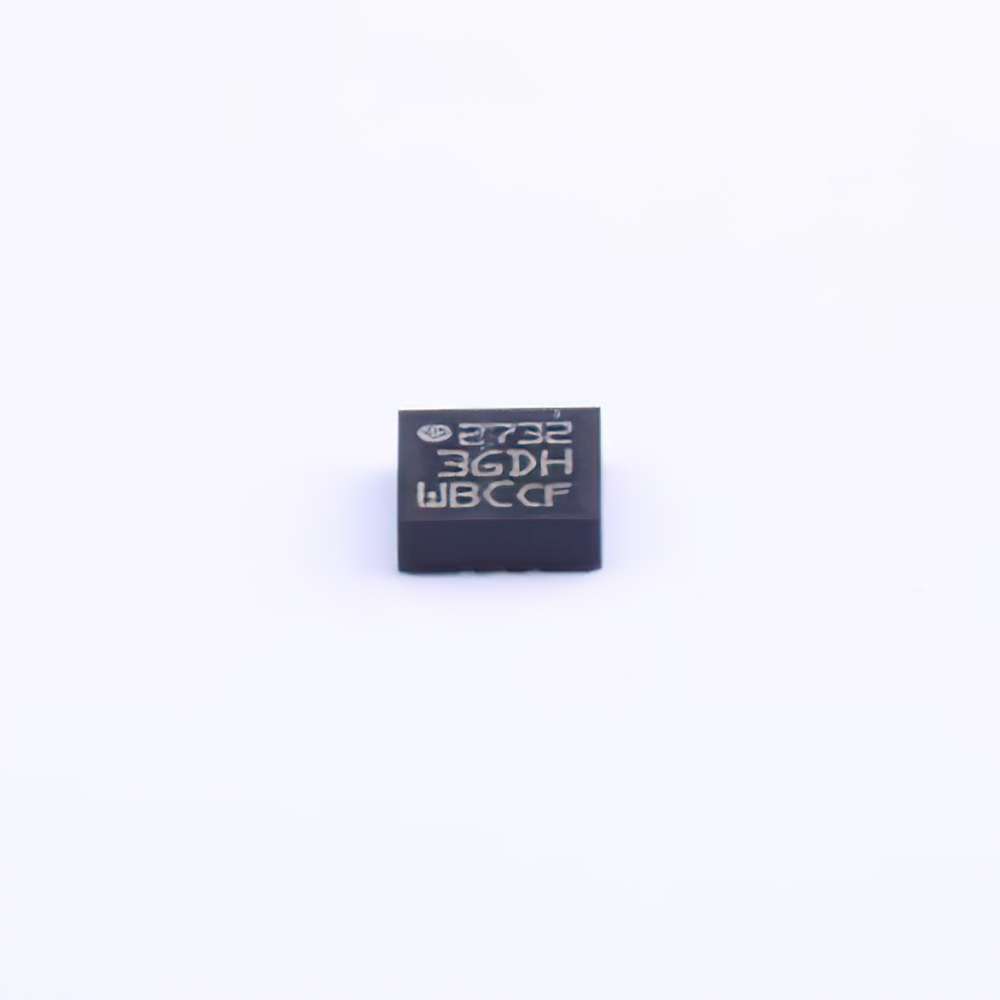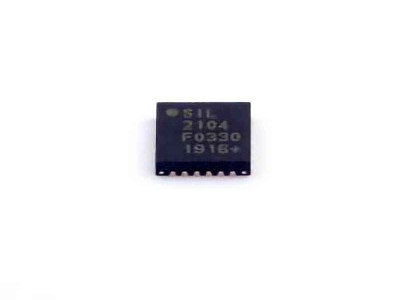
The L3GD20HTR is a sophisticated three-axis gyroscope Sensor that has found applications in various fields, including robotics, drones, gaming, and motion sensing. Understanding its application and debugging techniques is crucial for engineers and hobbyists who aim to leverage its capabilities for precise motion tracking. This article explores how the L3GD20HTR works, its practical applications, and effective debugging methods to troubleshoot issues in a system.
L3GD20HTR, three-axis gyroscope, sensor, motion sensing, debugging, robotics, drones, accelerometer, sensor integration, sensor calibration.
Introduction to L3GD20HTR and Its Applications in Three-Axis Gyroscope Modules
The L3GD20HTR is a popular three-axis gyroscope sensor manufactured by STMicroelectronics. It measures angular velocity, making it a key component in motion sensing applications. Gyroscopes like the L3GD20HTR are essential in modern technology for providing feedback on rotational movements across three axes (X, Y, Z). This article will explore the practical applications of the L3GD20HTR in various fields and then focus on effective debugging techniques to resolve common issues faced by engineers working with this sensor.
1.1 How the L3GD20HTR Works
The L3GD20HTR is an MEMS (Micro-Electromechanical Systems) sensor that uses a capacitive detection system to measure angular velocity. The sensor can measure the rotation rate in degrees per second (dps) across three axes, which makes it invaluable for any system that requires angular position or orientation feedback.
One of the key features of the L3GD20HTR is its sensitivity, which can be adjusted according to the needs of the application. The sensor supports different measurement ranges (e.g., ±245, ±500, and ±2000 dps), making it versatile for different levels of precision. Furthermore, it offers a high sampling rate of up to 800 Hz, making it suitable for real-time applications.
1.2 Applications of the L3GD20HTR
The L3GD20HTR has found applications across various industries due to its ability to accurately track angular motion. Some of the most common uses include:
Drones and UAVs:
The L3GD20HTR is integral to the stability and navigation systems of drones. It allows the drone to maintain stable flight by measuring its rotational movements. Combined with other sensors, such as accelerometers and magnetometers, the L3GD20HTR helps provide precise attitude control and orientation feedback.
Robotics:
Robots, especially autonomous ones, rely heavily on gyroscopes for accurate motion tracking. The L3GD20HTR aids in precise movement control, balance, and navigation by detecting the robot’s rotational orientation. It is used in both industrial robotics and in consumer-grade robotics kits.
Wearable Devices:
In wearable technology, the L3GD20HTR can be used for motion detection in fitness trackers, smartwatches, and virtual reality (VR) headsets. These devices require small, low- Power sensors, making the compact L3GD20HTR a perfect choice.
Gaming Controllers :
In gaming, the L3GD20HTR is used in motion-sensitive controllers. By detecting the rotation of the controller in three dimensions, it enables immersive gameplay where users interact with virtual environments through their physical movements.
Inertial Measurement Units (IMUs):
The L3GD20HTR is often paired with accelerometers and magnetometers to form IMUs, which are used in navigation systems, drones, and even vehicles for tracking orientation and movement in space.
1.3 Integration of L3GD20HTR in Systems
When integrating the L3GD20HTR into a system, engineers need to consider several factors to ensure optimal performance. One of the primary concerns is how to communicate with the sensor. The L3GD20HTR uses the I2C or SPI Communication protocols, allowing it to be easily integrated with most microcontrollers. Understanding the sensor’s communication interface is crucial for setting up the system.
Another important aspect is power management. The L3GD20HTR offers different power modes (low-power mode, normal mode) that can be selected based on the application’s needs. For battery-powered systems like drones or wearables, selecting the correct power mode can significantly extend battery life.
Effective Debugging Techniques for L3GD20HTR-Based Gyroscope Modules
Despite its robust capabilities, working with the L3GD20HTR in real-world applications can sometimes present challenges. From inaccurate readings to communication errors, engineers often encounter a range of issues when integrating and using this sensor. This part of the article will discuss the most common problems faced during development and offer debugging techniques to resolve these issues.
2.1 Common Problems with L3GD20HTR
No Communication with Sensor:
One of the most common problems when using the L3GD20HTR is failure in communication between the sensor and the microcontroller. This may manifest as the sensor not responding to requests or returning unexpected values.
Inaccurate Readings:
The sensor may sometimes provide readings that appear to be incorrect or noisy. This can affect the performance of applications that rely on precise motion tracking.
Incorrect Calibration:
Like most sensors, the L3GD20HTR requires proper calibration for accurate readings. Without proper calibration, the readings may drift over time, leading to errors in angular velocity measurements.
Power Consumption Issues:
Excessive power consumption is another issue that developers may encounter, especially in low-power applications such as wearables or battery-powered devices.
2.2 Troubleshooting Communication Issues
If the L3GD20HTR is not communicating correctly with the microcontroller, the first step is to check the wiring and connections. Ensure that the power, ground, SDA, and SCL (for I2C) or MOSI, MISO, SCK, and CS (for SPI) pins are correctly connected. If using I2C, ensure that the device address is correctly configured.
Next, check the sensor’s initialization routine. The L3GD20HTR needs to be configured with the correct settings for it to operate correctly. If the initialization is incorrect or incomplete, it may not respond properly to requests. Ensure that the correct power modes, output data rates, and other parameters are configured.
Using a logic analyzer or oscilloscope can help identify communication issues, especially if the problem lies in the data transfer process. These tools allow you to visualize the data signals on the bus and confirm that the sensor is receiving and responding to commands.
2.3 Fixing Inaccurate Readings
Inaccurate readings can be caused by several factors, including poor sensor calibration, electrical noise, or incorrect configuration. To resolve this, start by checking the sensor's sensitivity settings. The L3GD20HTR allows users to set the scale for angular velocity (±245, ±500, or ±2000 dps). If the sensor is configured for a scale that is too high for the application, it may produce noise or erroneous readings.
For more precise measurements, consider reducing the range. Calibration is another critical factor. It’s essential to calibrate the sensor periodically, especially in dynamic environments, as the L3GD20HTR may experience drift over time. Calibration usually involves aligning the sensor’s readings to known reference values.
Additionally, electrical noise can interfere with the sensor’s readings. To minimize noise, ensure that the sensor is properly decoupled with capacitor s and that the sensor is shielded from electromagnetic interference ( EMI ) sources.
2.4 Calibration Techniques
To calibrate the L3GD20HTR, the user needs to account for sensor offset, sensitivity, and alignment. Typically, a known reference orientation (such as the horizontal plane) is used to reset the sensor’s output values.
Offset Calibration:
This involves determining the baseline output of the gyroscope when the sensor is not rotating. Any deviation from zero is considered an offset and needs to be subtracted from future readings to obtain accurate data.
Sensitivity Calibration:
Sensitivity calibration is necessary to ensure that the sensor’s output is linearly proportional to the rotation rate. It can be done by rotating the sensor at a known rate and comparing the sensor’s output to the expected value.
Temperature Compensation:
The L3GD20HTR’s performance can be affected by temperature fluctuations. Temperature compensation techniques, such as using thermistors or dedicated calibration routines, can help mitigate this issue.
2.5 Addressing Power Consumption Issues
Excessive power consumption can drain the battery in portable devices. To reduce power usage, the L3GD20HTR provides several power management options, such as low-power mode. In this mode, the sensor can still detect motion but at a reduced sampling rate, which significantly cuts power consumption.
If power consumption is still an issue, consider reducing the sensor's output data rate (ODR) or configuring the sensor to enter sleep mode when not in use. Additionally, ensure that the microcontroller controlling the L3GD20HTR is also optimized for low-power operation to extend battery life.
Conclusion
The L3GD20HTR three-axis gyroscope module offers precise motion tracking capabilities that are essential in many modern technologies, including robotics, drones, wearables, and gaming devices. By understanding its applications, proper integration techniques, and common debugging methods, engineers can successfully incorporate this sensor into their systems. Whether you're working with this sensor in a drone project, a wearable device, or a robotics application, mastering its calibration and troubleshooting techniques will ensure accurate, reliable performance.
Partnering with an electronic components supplier sets your team up for success, ensuring the design, production, and procurement processes are quality and error-free.

